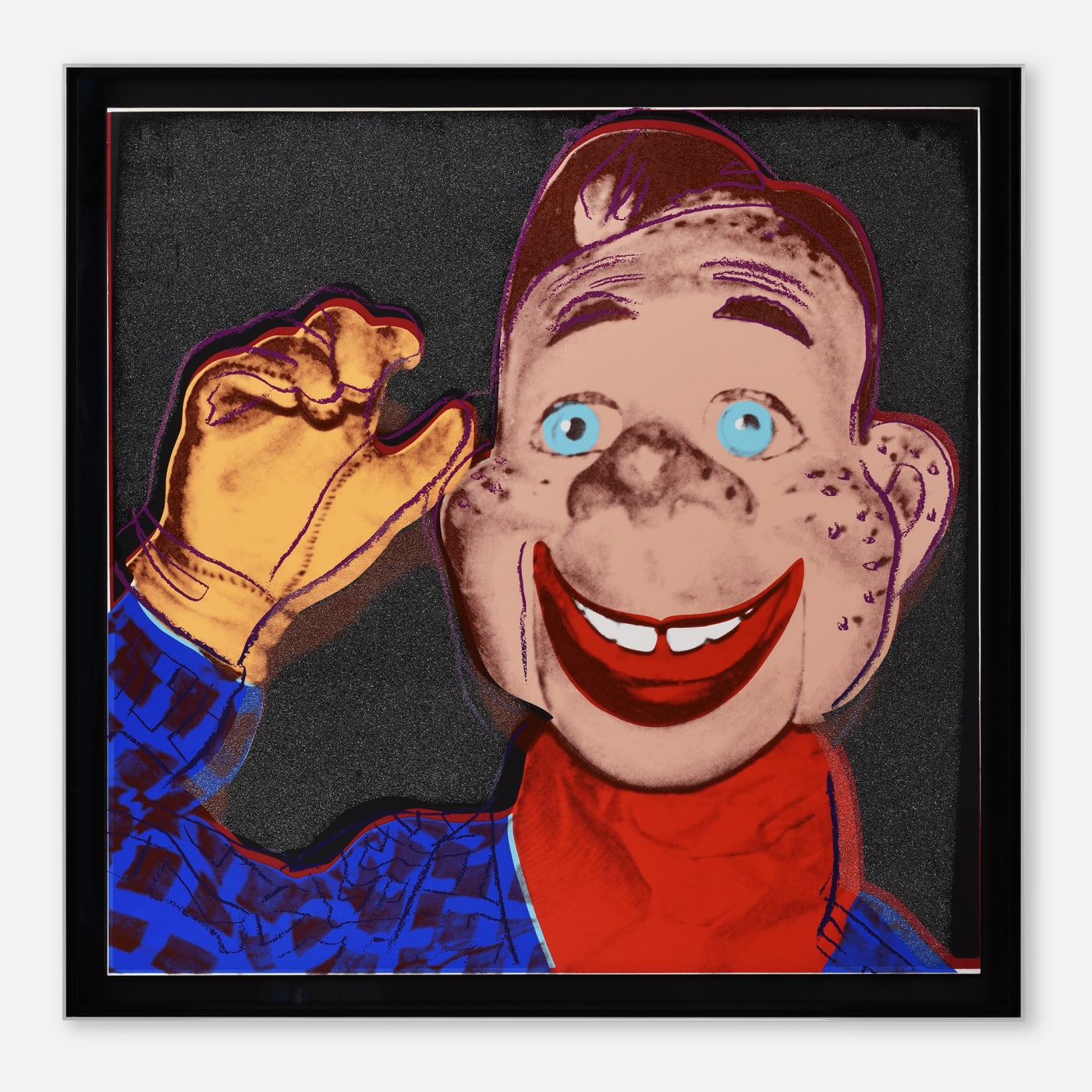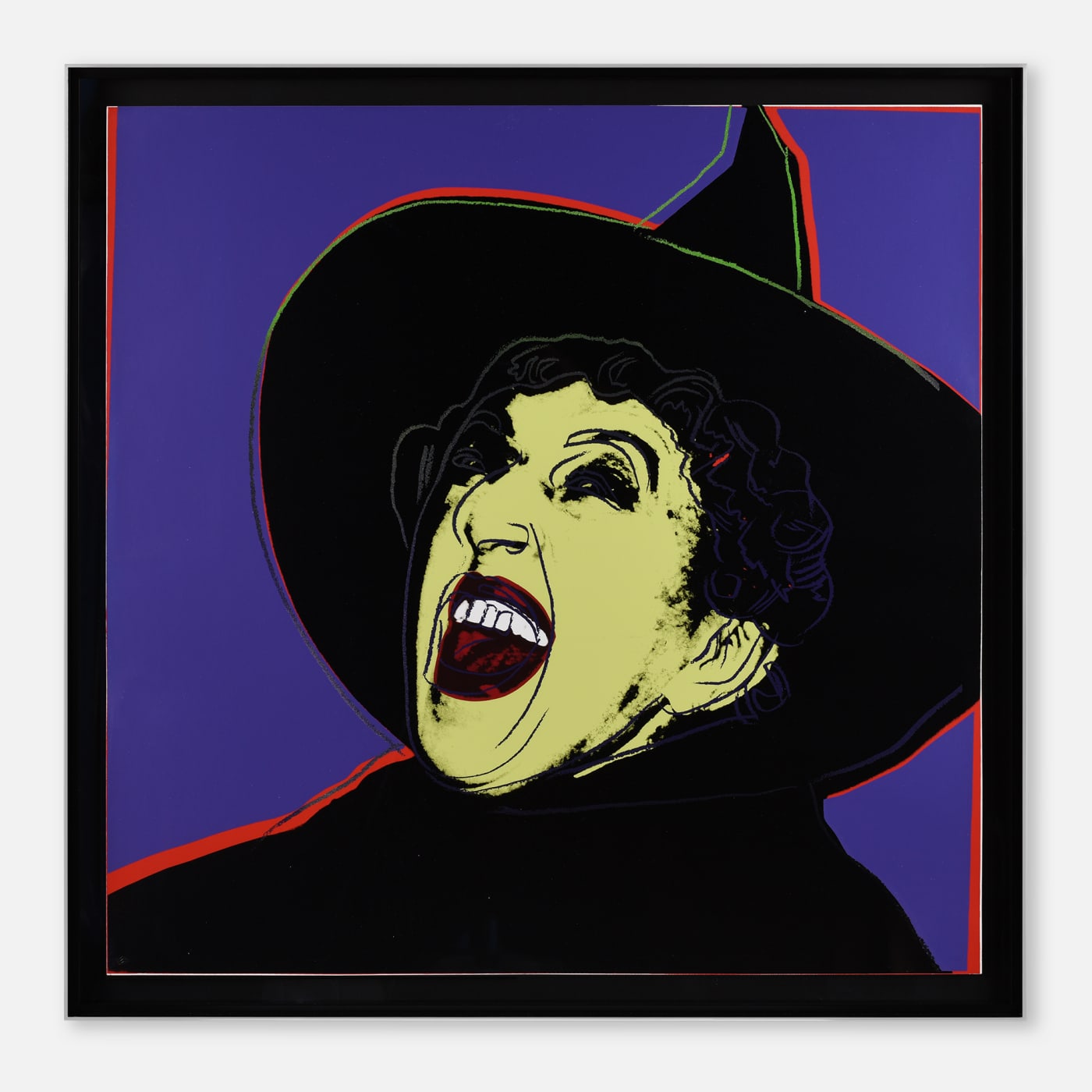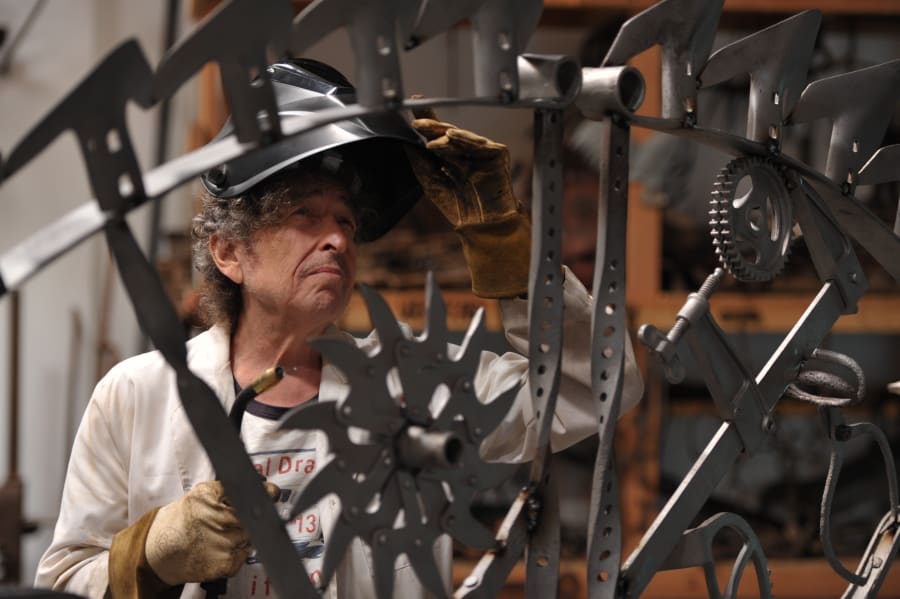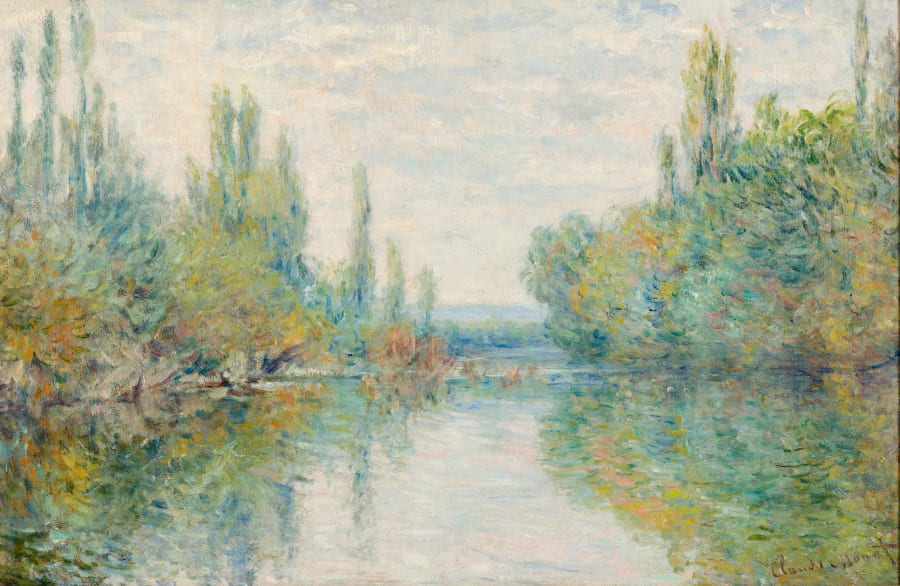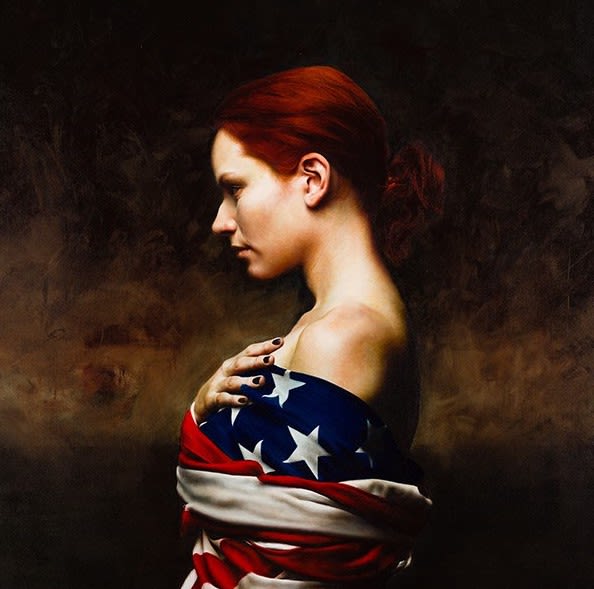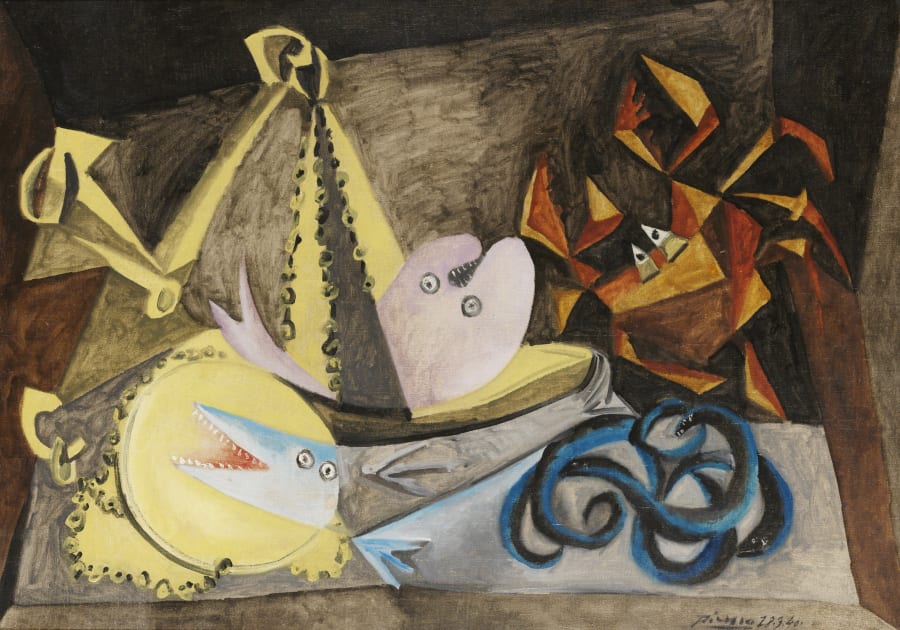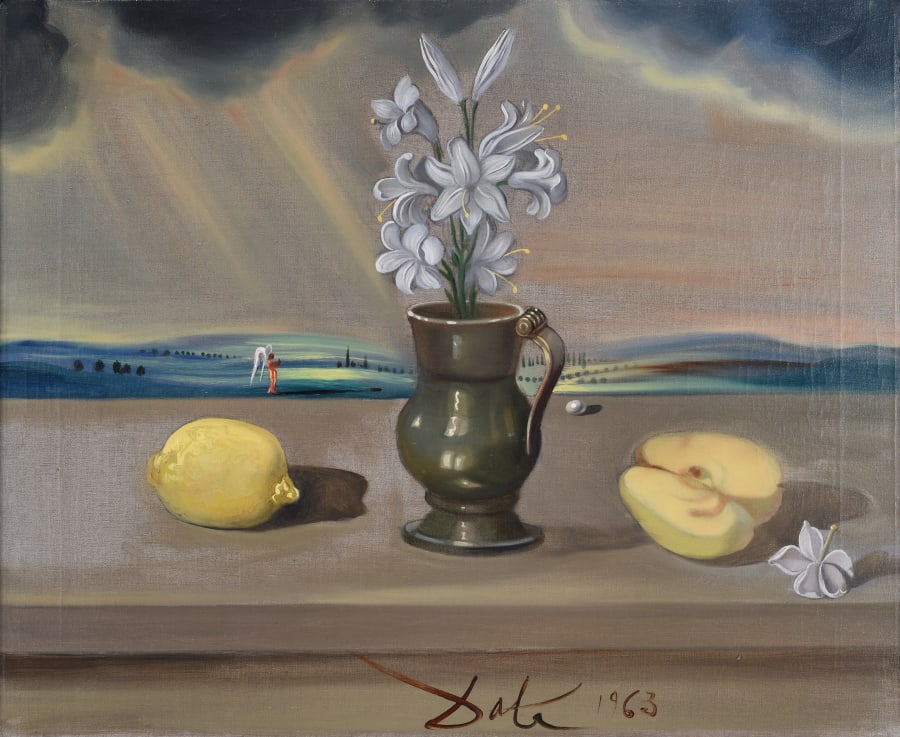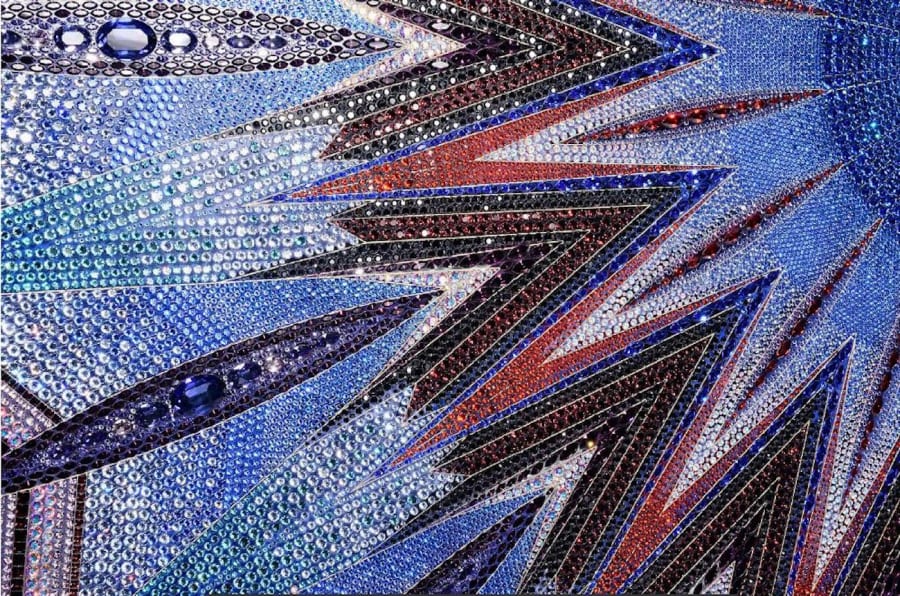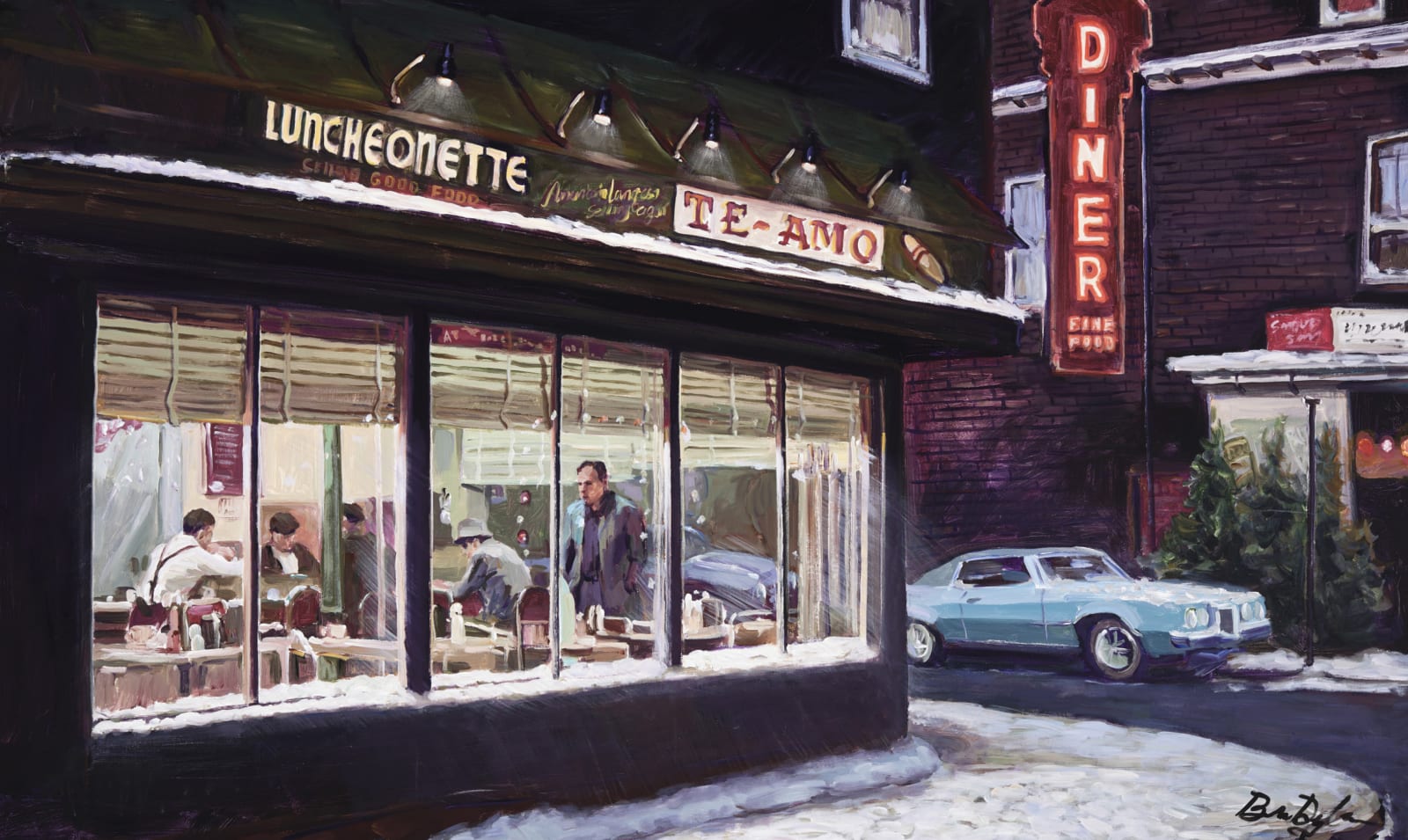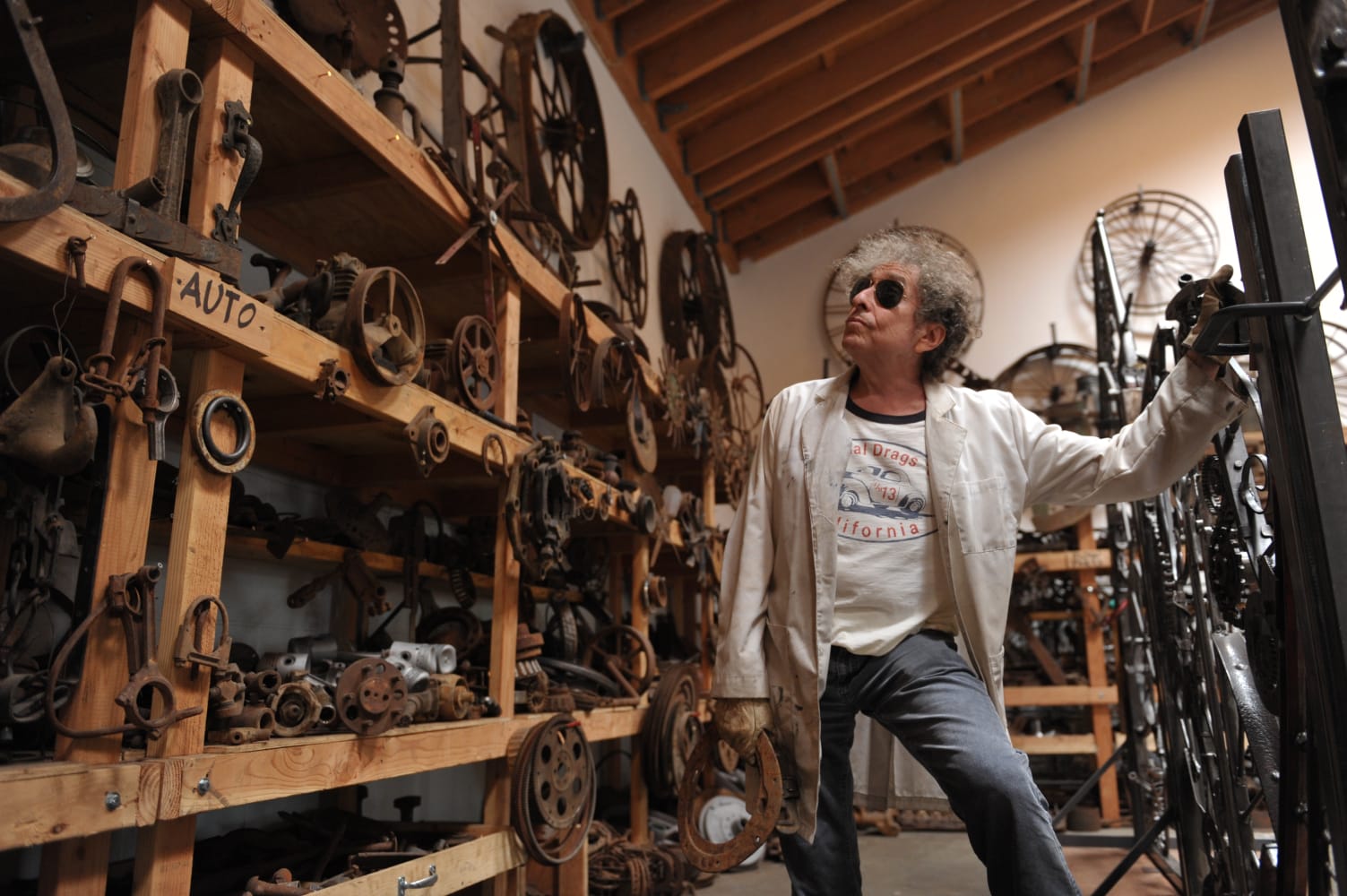

Andy Warhol: Myths Portfolio
Andy Warhol: Myths Portfolio
5 Things to Know
/
Andy Warhol’s Myths portfolio from 1981 features icons from popular culture who shaped the collective consciousness of twentieth century America. Below, discover 5 Things to Know about the Myths Portfolio.
If you are interested in adding to your collection speak to an art consultant today - info@halcyongallery.com

